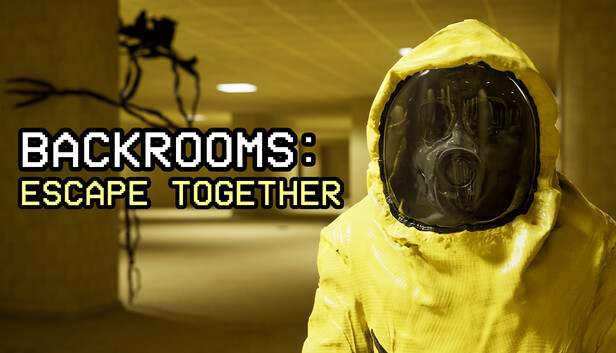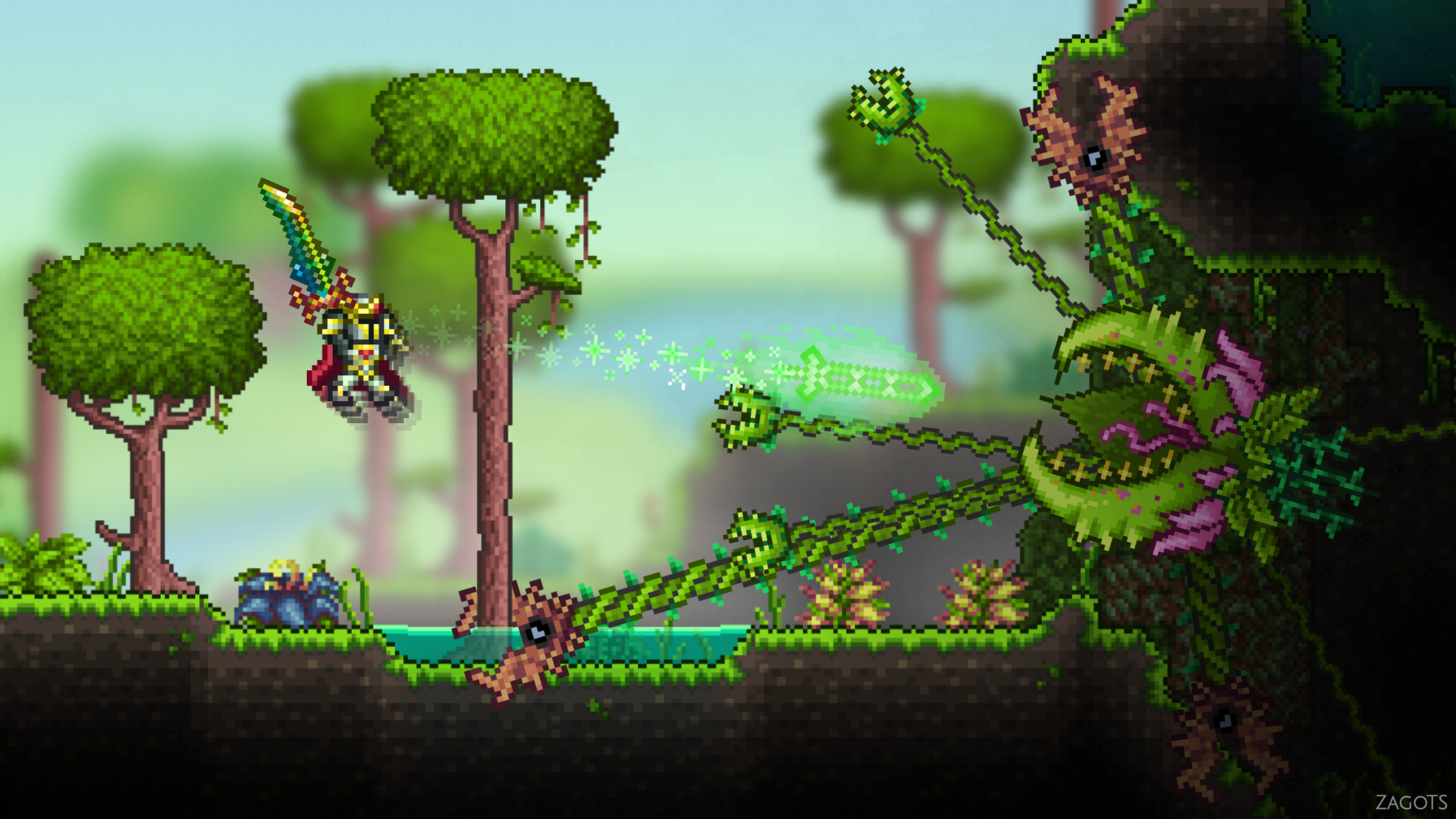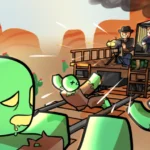Advertisement
Popular Now
1. Early Game Survival Tips

A. Establishing a Base
- Pick a Safe Location: The best base locations are near water sources and away from spider nests.
- Elevate Your Base: Building on high ground or using structures like leaves can protect you from ground-based threats.
- Stockpile Resources: Grass, pebbles, and sap are crucial for early survival—always collect more than you need.
B. Essential Tools and Weapons
- Pebblet Axe & Hammer: Craft these immediately to gather resources efficiently.
- Spears and Bows: A spear is your first weapon, but crafting a bow as soon as possible gives a huge advantage.
- Armor Up: Clover armor is easy to craft and provides early defense.
C. Food and Water Management
- Clean Water Sources: Dewdrops from grass blades are the safest option. Avoid dirty water unless you have a canteen.
- Hunt Small Creatures: Weevils and aphids provide reliable food sources.
- Mushrooms: Found near logs, these offer a steady but low-nutrition food supply.
2. Combat Strategies and Enemy Weaknesses

A. Understanding Enemy Behavior
- Spiders: Avoid early fights—listen for their sounds and use high ground to escape.
- Soldier Ants: Tough but manageable with a spear and block timing.
- Bees and Ladybugs: Passive unless provoked; ladybugs can be powerful allies.
B. Advanced Combat Tips
- Perfect Blocking: Time your block just before impact to take zero damage.
- Kite Enemies: Attack, move back, and repeat—especially useful against tough opponents.
- Use Traps: Spike strips and lures can weaken or distract foes.
3. Crafting and Building Essentials
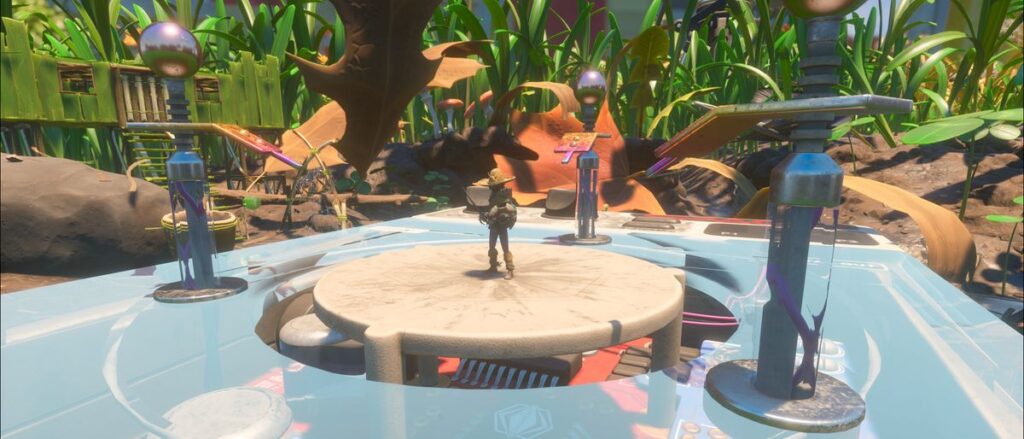
A. Crafting Must-Haves
- Workbench: Required for advanced gear—prioritize building one early.
- Storage Chests: Keeps items organized and prevents unnecessary clutter.
- Spinning Wheel: Converts resources into stronger materials.
B. Advanced Base Defenses
- Walls and Palisades: Prevents creatures from invading your space.
- Decoy Bait: Distracts insects away from your base.
- Turrets and Traps: Later in the game, you can build automated defenses.
4. Exploration and Hidden Secrets
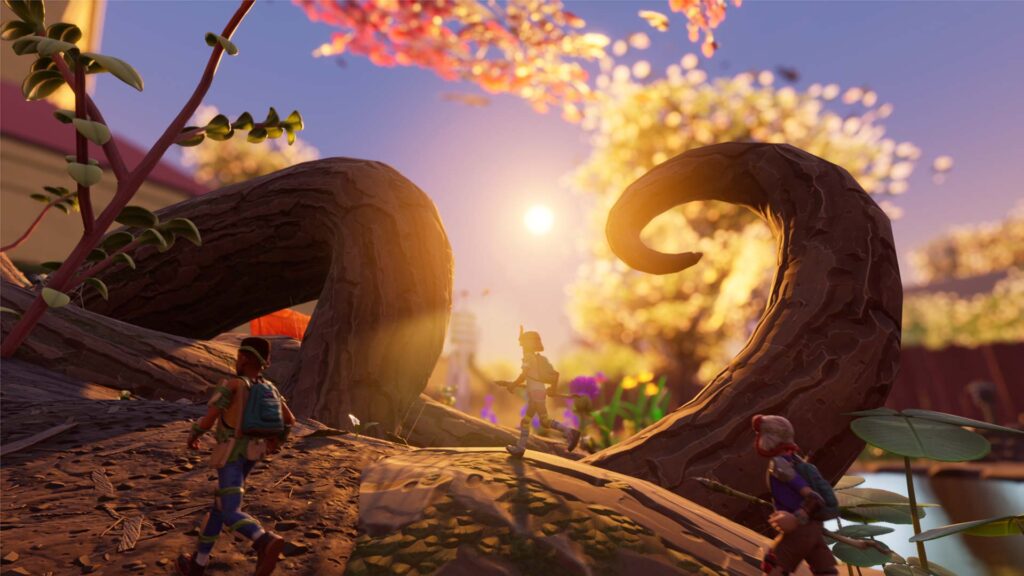
A. Key Locations to Visit
- The Oak Tree: High-risk, high-reward area with key story elements.
- Haze Lab: Requires a gas mask but contains powerful upgrades.
- The Hedge: Spider-infested but houses rare resources.
B. How to Avoid Getting Lost
- Use Landmarks: Rocks, branches, and structures can help with navigation.
- Craft Trail Markers: Marking key locations makes travel easier.
- Build Ziplines: Speeds up movement between important areas.
5. Multiplayer vs. Solo Play Tips

A. Playing Solo
- Stealth Over Combat: Avoid unnecessary fights, especially early on.
- Strategic Base Placement: Being near water and food sources is crucial.
- Use Pets: Tamed aphids can provide companionship and minor utility.
B. Playing with Friends
- Divide Roles: Assign gathering, building, and combat roles for efficiency.
- Coordinate Base Defense: One player can build while another fights off threats.
- Shared Storage: Pool resources to build structures and craft tools faster.
6. Late-Game Progression and Upgrades

A. Unlocking Advanced Tools
- Tier 2 & 3 Weapons: Upgrade to stronger weapons like the Mint Mace.
- Better Armor Sets: Ladybug and Koi armor provide significant defense.
- Dandelion Tuft: Allows slow falling—useful for navigating vertical spaces.
B. Upgrading Your Base
- Multi-Level Bases: Expanding upwards provides better security.
- Furniture & Storage Rooms: Helps with organization and aesthetics.
- Cooking Stations: Improves food efficiency and buffs.
Conclusion
 Surviving in Grounded requires patience, strategy, and resourcefulness. Whether you're just starting or pushing into the late game, these tips will help you navigate the backyard, build strong defenses, and defeat formidable foes. Keep adapting, experiment with new tactics, and most importantly—watch out for spiders!
Summary: Master Grounded with survival tips, base-building, combat tricks, and exploration strategies to conquer the backyard solo or with friends!
Surviving in Grounded requires patience, strategy, and resourcefulness. Whether you're just starting or pushing into the late game, these tips will help you navigate the backyard, build strong defenses, and defeat formidable foes. Keep adapting, experiment with new tactics, and most importantly—watch out for spiders!
Summary: Master Grounded with survival tips, base-building, combat tricks, and exploration strategies to conquer the backyard solo or with friends! 












